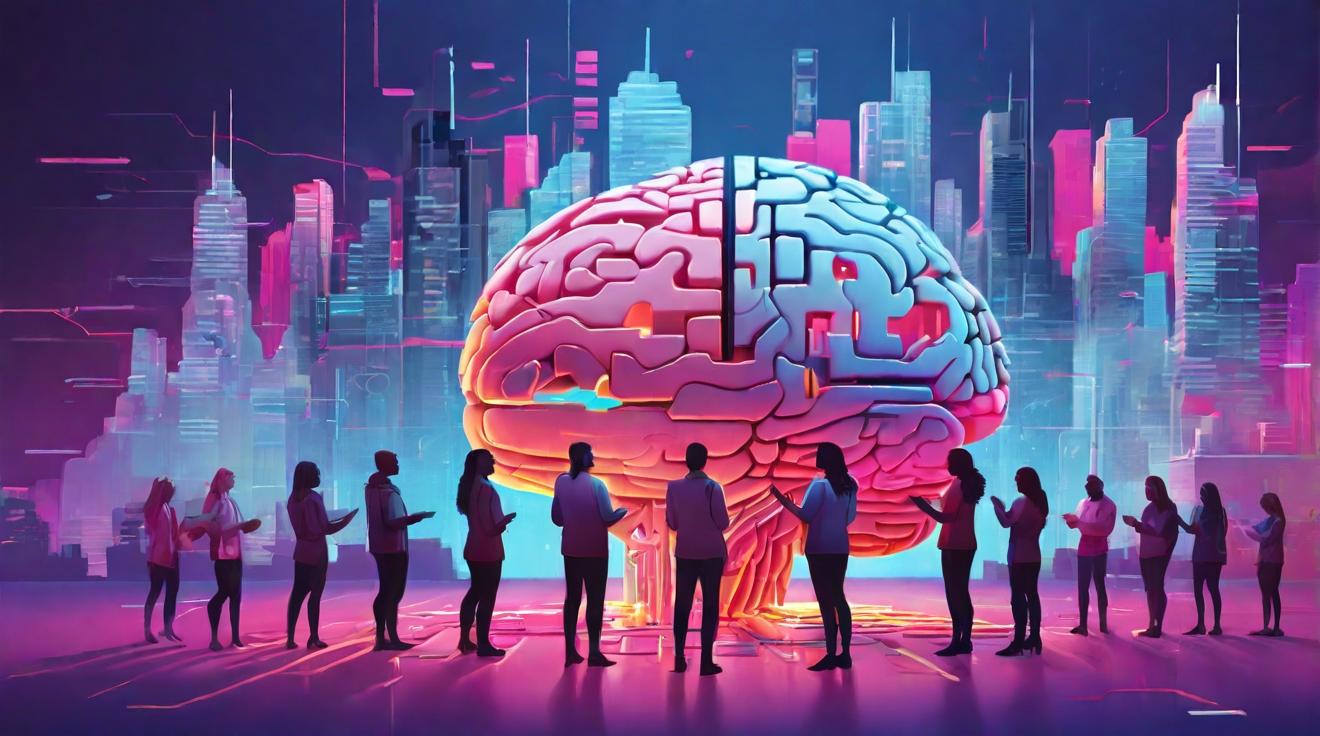Building a Robust GenAI Strategy: Why IT Teams Need the Right Partners
Moving forward, it will be difficult for IT teams to "go it alone" when it comes to coordinating all the elements that need to come together to build a robust GenAI strategy. With the right partners, anything is possible.
Innovate or die. Peter Drucker's 1985 exhortation on the importance of constant reinvention was great business advice for the last 40 or so years. But with the large-scale roll-out of generative artificial intelligence (GenAI), things have gotten a little more complicated. The need for a multidisciplinary approach to innovation has emerged. Today, it is not enough just to innovate within one's own vertical. To truly exploit the power of GenAI to transform workflows and drive competitive advantage, CIOs need to look outside their own organizations to get the scale, domain expertise, and speed required to develop fully integrated solutions.
The Key to Success: A Multidisciplinary Approach
Building an effective GenAI strategy is about much more than launching a point solution or siloed group of tools that only work for one part of the business. The real power of the technology is its ability to draw on disparate data sets and connect workflows. Achieving that seamlessness between business functions and across geographies requires a new approach by CIOs. In fact, there are five key areas CIOs need to consider when developing an enterprise GenAI strategy, all of which become much more achievable with the right partnerships in place.
1. Accessing and Integrating Data: The Critical First Step
The first and most critical step in the process is accessing, integrating, and curating the underlying data that will be used to train and power AI models. This presents a challenge for CIOs, especially in industries like banking and finance where GenAI solutions are being developed to analyze customer data, market data, economic trends, and more to support highly personalized insights and guidance.
2. Evaluating and Modernizing Tech Stacks for Seamless Data Transfer
CIOs will need to take a hard look at their existing tech stacks and evaluate whether they are up to the task of fully cloud-based, seamless data transfer. Many organizations still rely on legacy systems that can be challenging to maintain, upgrade, or integrate with newer technologies. CIOs must devise strategies for modernizing legacy systems while ensuring a smooth transition and minimizing disruptions to business operations.
3. Partnering Internally to Align Technology Efforts with Business Goals
CIOs will need to partner internally across their own organizations to align their technology efforts with core business goals. GenAI investments are now being judged against the results generated, and to maximize their value, CIOs must link technology development directly to customer experience. Seamless collaboration between teams is essential to prioritize technologies that have the biggest impacts.
4. Ensuring Robust Security Measures and Incident Response Plans
The introduction of GenAI into enterprise workflows amplifies the need for robust security measures, incident response plans, and vigilance against evolving cyber threats. This is particularly challenging in heavily regulated industries such as healthcare, insurance, and finance.
5. Leveraging Partner Funding Programs for Budget Constraints
Finding the budget to build new innovations and platforms can be a challenge when the primary focus of the CIO is to keep the business running. CIOs must leverage partner funding programs, specifically offered by CSPs, to fuel their journey to the cloud while considering the business case. This enables CIOs to focus on building new industry-focused platforms and micro-services, harnessing the power of the platform economy with the help of partner resources for digital transformation.
The Promise of the GenAI Revolution
The GenAI revolution has the potential to revolutionize business by connecting the dots between once disparate data sets, improving workflows, delivering more personalized customer experiences, and streamlining operations. However, it will be tough for any one tech team to go it alone when it comes to wrangling all the components that need to come together to build a bulletproof GenAI strategy. With the right partners, anything is possible.
Analyst comment
This news can be evaluated as positive as it emphasizes the importance of partnerships for creating a robust GenAI strategy. The market will benefit from increased collaboration between IT teams and external partners, leading to the development of fully integrated solutions and improved workflows. CIOs will need to focus on accessing and curating data, modernizing legacy systems, aligning technology efforts with business goals, implementing robust security measures, and leveraging partner funding programs to fuel their cloud journey. Overall, the market is expected to see advancements in GenAI technology and greater opportunities for innovation and transformation.













